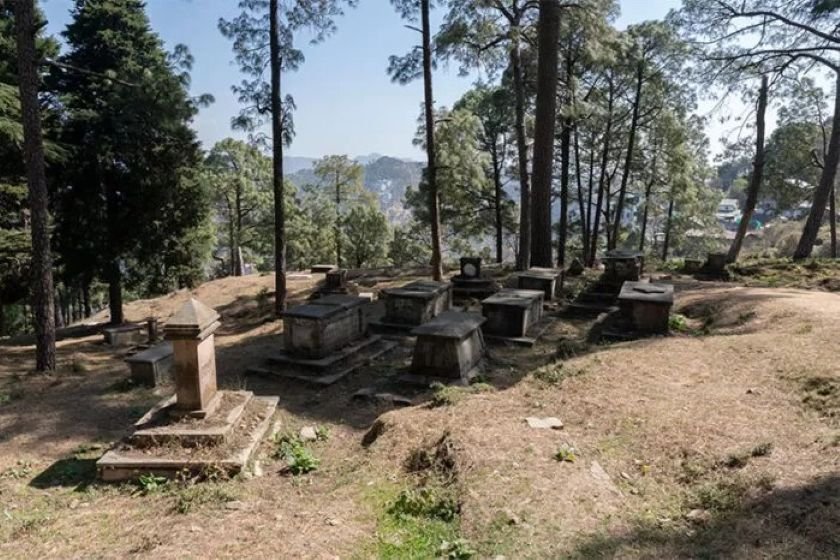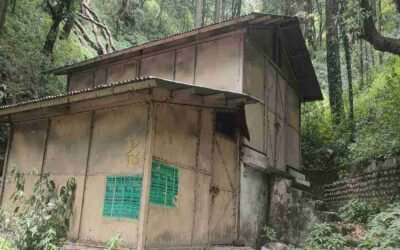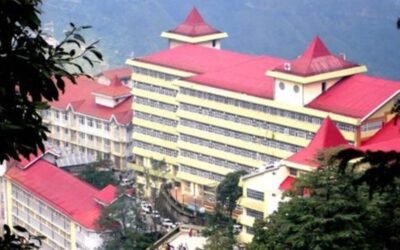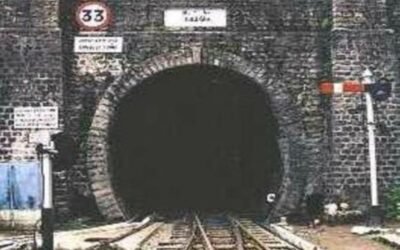District: Solan
Theme: Colonial Hauntings
🕰️ A Cemetery Carved in Time
Nestled along the Chandigarh–Kasauli road, this British-era graveyard is one of the oldest in Himachal Pradesh. Dating back to the mid-19th century, it holds the remains of European settlers, soldiers, and families who once called Kasauli home. The graveyard is divided into two main sites:
- One near the Kasauli–Dharampur road, home to World War I soldiers, with restored graves by the Commonwealth War Graves Commission
- Another along the Kasauli–Parwanoo road, hidden behind the old Central Research Institute, overgrown and largely forgotten
A third cemetery lies in Sanawar, maintained by the Lawrence School, but access requires special permission.
👻 Whispers Beneath the Pines
Locals and visitors have reported chilling phenomena:
- Shadowy figures moving silently among the graves
- Sorrowful weeping heard after sunset
- A grave marked with an unidentified cross said to emit an icy mist
- Feelings of being watched or followed, especially near broken headstones
- Unexplained cold spots and flickering lights in the surrounding forest
Caretaker Devi Lal, known locally as Kabristan ka Chowkidar, has tended the cemetery for three generations. He speaks of thefts, broken epitaphs, and the slow erasure of memory—yet insists the spirits here are not malevolent, only lonely.
🗺️ Travel Experience & Tips
- Location: On the uphill stretch of Chandigarh–Kasauli road, near Christ Church and CRI
- Access: Public, but avoid visiting after sunset—locals strongly advise against it
- Best Time to Visit: Early morning for photography; twilight for atmosphere
- Nearby Attractions: Christ Church, Mall Road, Sunset Point, Gilbert Trail
- Local Insight: Ask older residents or heritage guides—they often share firsthand ghost stories
🧭 Why It Belongs in “Haunted Places”
The Kasauli Graveyard is a haunting blend of history, neglect, and lingering emotion. It’s not just a resting place—it’s a living archive of colonial lives, some remembered, many forgotten. The spectral energy here is quiet, contemplative, and deeply human. It invites not fear, but reflection.




